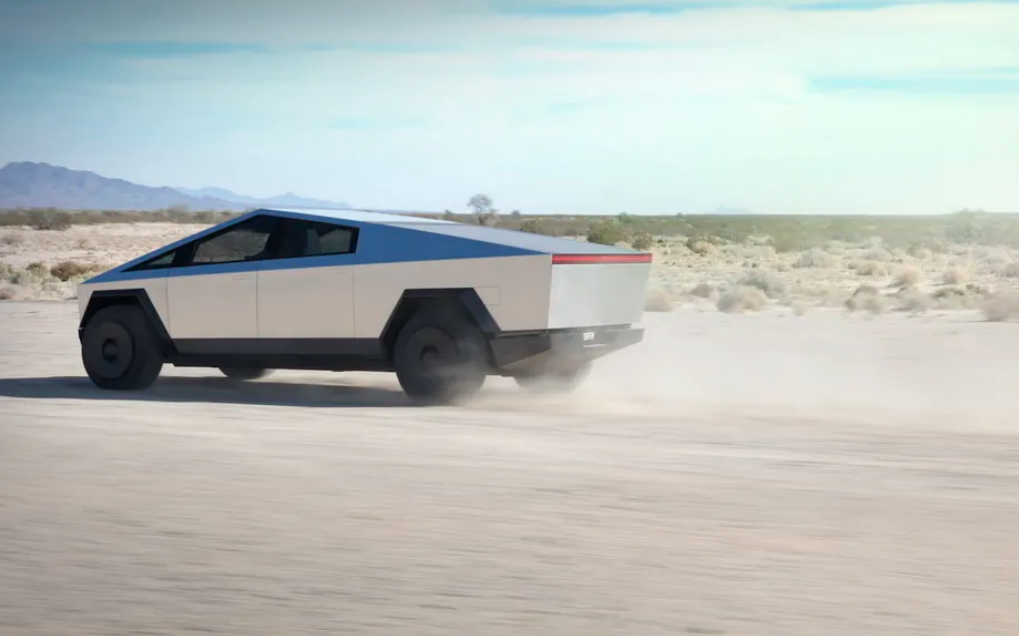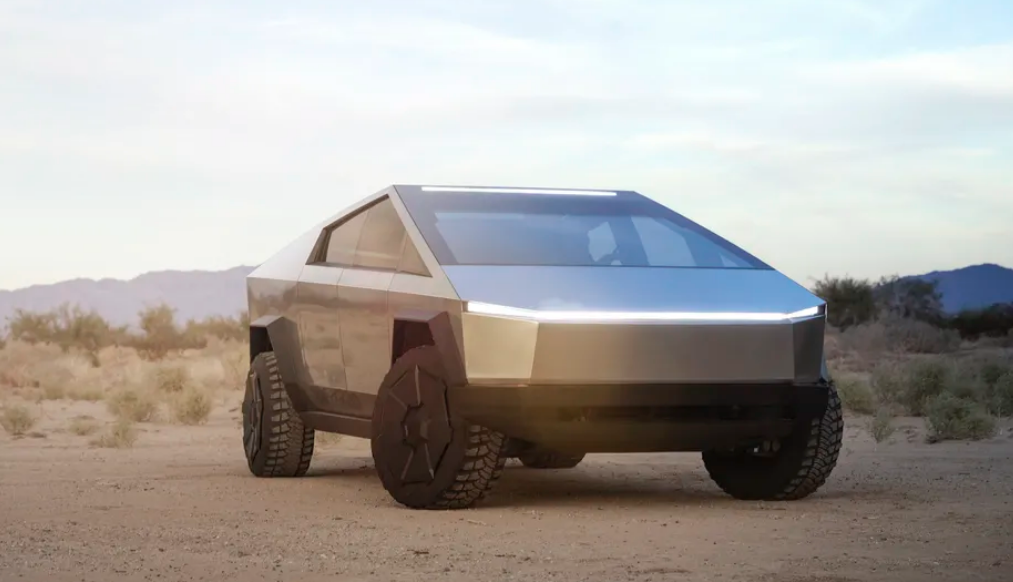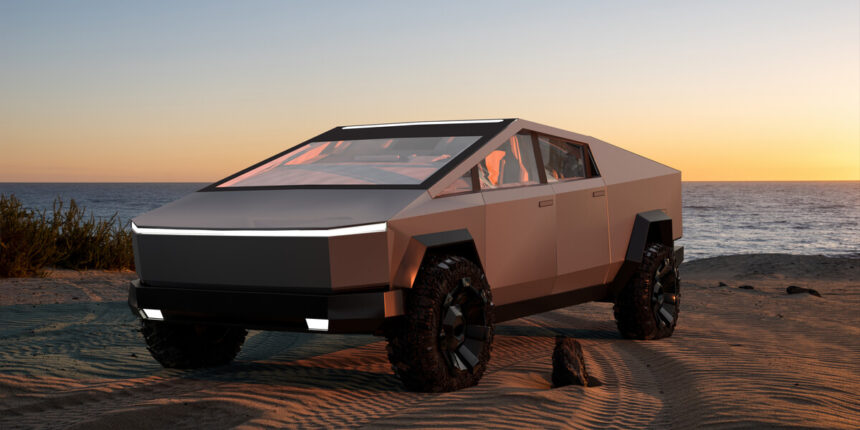After numerous delays, Tesla’s long-awaited electric truck, the Cybertruck, has finally made its debut, albeit with uncertainties extending beyond the initial ten deliveries.

Cybertruck’s history
In the automotive realm, a thousand days might not be an eternity, but it certainly feels that way for those eagerly anticipating the Cybertruck since its introduction. The truck’s journey has navigated a global pandemic, a presidential election, ongoing wars, and other significant events over the past four years. Tesla CEO Elon Musk’s Twitter acquisition and controversial statements have also played a role, casting a shadow over the Cybertruck’s big moment.
In 2019, the Cybertruck announcement had the novelty of being the only electric truck on the market. Fast forward to today, and there are at least three with more in development. The EV market is shifting from early adopters to value-seeking consumers, emphasizing the need for an affordable and practical mass-market EV, a criterion the Cybertruck doesn’t meet.

The Cybertruck’s history dates back to its lavish introduction in November 2019 at Tesla’s design studio in California. Intended to capture a sizable share of the lucrative truck market, the Cybertruck’s Blade Runner-inspired design has polarized opinions. Its angular, dystopian, and impractical features, including misaligned panels and a limited truck bed, drew mixed reactions from enthusiasts and critics alike.
The spectacle surrounding the Cybertruck, evident in social media videos and showroom visits, doesn’t guarantee sales. Some label it a “meme” vehicle, while others predict it to be a significant win for Tesla. The ultimate test lies in Tesla’s ability to transform reservation holders into actual owners.

Costs and competitions
Pricing details remain uncertain, with the 2019 prices expected to rise when announced on November 30th. Predictions place the single-motor version at over $50,000 and the tri-motor version at over $80,000, potentially categorizing the Cybertruck as a premium vehicle.
Originally slated for late 2021, production delays pushed the timeline to “hopefully” 2023. Meanwhile, competitors like Ford and Rivian have launched their electric pickups, intensifying the market competition. Opinions on the Cybertruck range from calling it “crude” or “a child’s toy” to defenders praising its uniqueness and “badass” qualities. The use of stainless steel for the exterior, demanded by Musk for bulletproofing, has contributed to production challenges and delays.
Despite Musk acknowledging the Cybertruck as a manufacturing challenge, Tesla’s future growth doesn’t hinge on it. The company aims for an annual run rate of 250,000 Cybertrucks by 2025 at the earliest, emphasizing the truck’s limited role in Tesla’s growth waves.

Analysts present divergent views, with some anticipating the Cybertruck to reignite interest in Tesla and others suggesting shelving it for a strategic refocus. Tesla’s once-impressive sales growth has plateaued amid increased competition in the EV space.
In the midst of uncertainties, the Cybertruck’s launch is seen as a pivotal moment. Whether it proves to be a success or not, the stainless steel electric truck has undeniably challenged manufacturing norms and defied conventional expectations.








